Download the
2024 Industry Snapshot Report
Gain valuable insights into the current state of the global childcare industry. Filled with comprehensive data tailored for childcare providers, families, researchers, and policymakers alike.
Introduction
Building the Future of Early Childhood Education: 2024 Industry Snapshot Report is a comprehensive snapshot report crafted from the voices of over 1300 early childhood professionals.
This report is tailored to provide actionable insights that empower educators in building, managing, and growing high-quality early childhood programs. Lillio (formerly HiMama) created this report to equip educators with the tools and information needed to elevate program quality and improve outcomes for children in 2024 and beyond. Here, you can find key highlights and takeaways from each section within the report.
Participants' roles
23%
36%
18%
center owners
teachers
senior level roles
Participants' locations
59%
28%
13%
United States
International
Canada
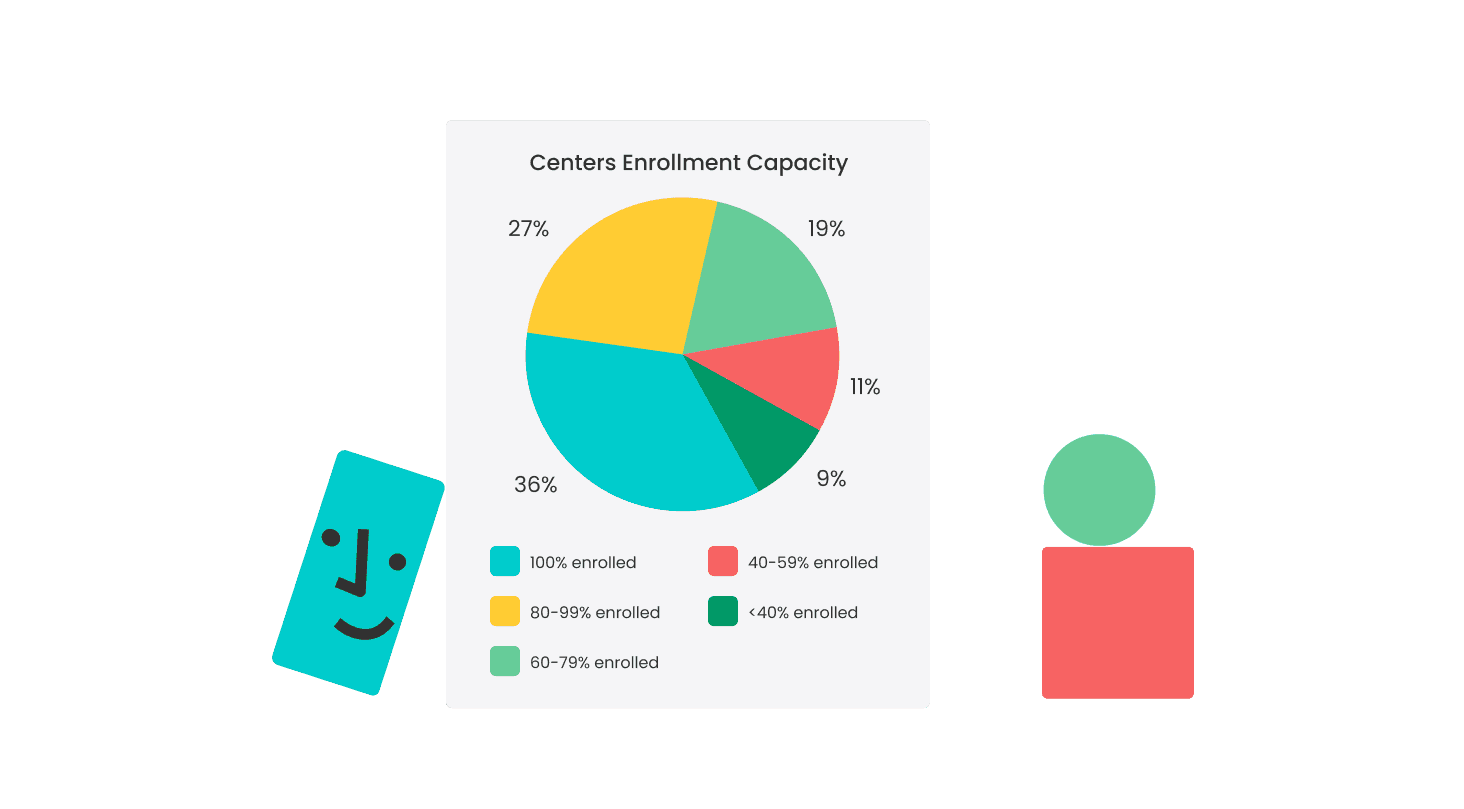
Budget and Income Assessment:
In terms of budget, we are seeing that 93% of centers are operating within a tight to limited budget on an annual basis. In terms of income, 80% of centers reported a steady but generally tight income stream.
Staffing
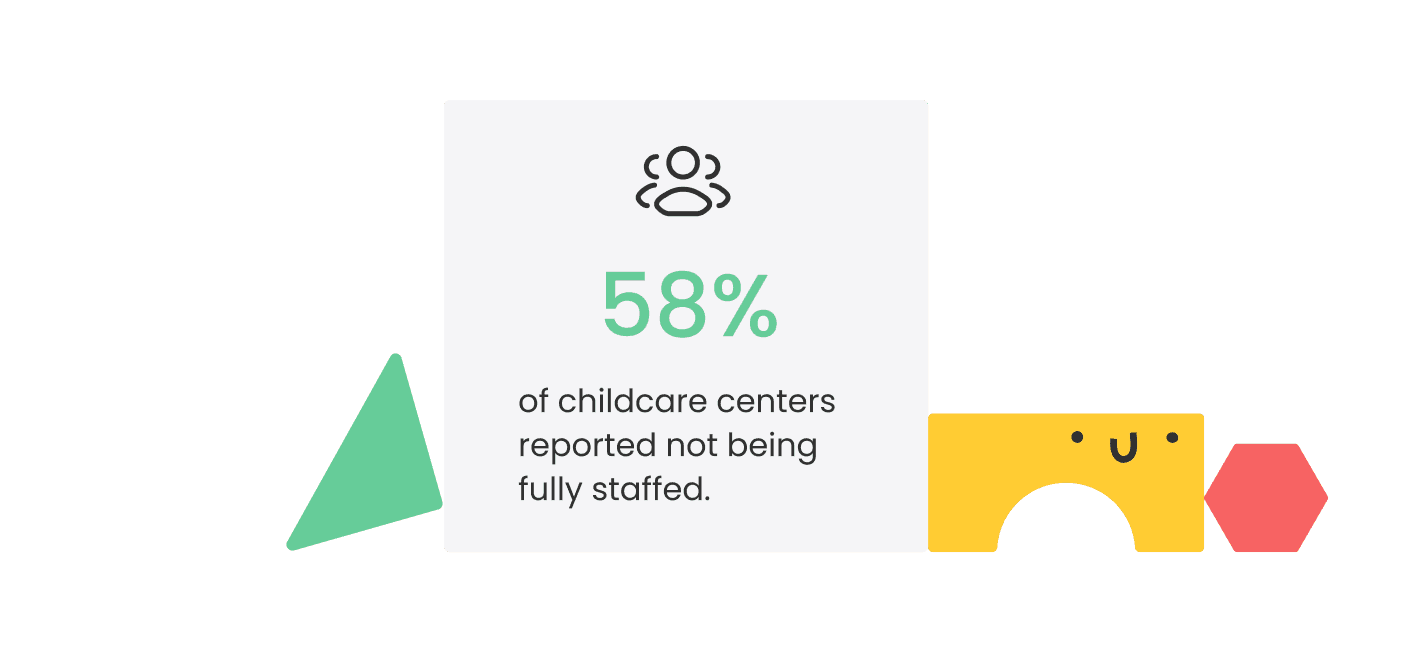
Salary Insights
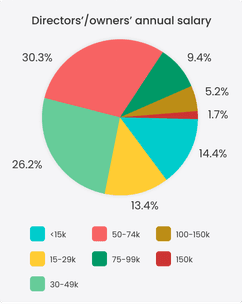
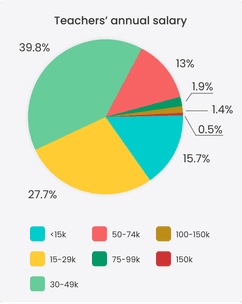
Tuition Rates Across Classrooms
Infant classroom
Over half of centers charge $2000 or more monthly for families seeking infant care.
Toddler classroom
The majority, approximately 56%, charge between $1000 and $1500 per month for families seeking toddler care.
Preschool classroom
A significant portion, nearly 58%, charge between $1000 and $1500 per month.
School-aged program
The average monthly cost for centers that operate a school-aged program was less than $400 per month for families.
Before and after school programs
Half of the centers that operate a before and after school program charge less than $400 per month.
Tuition Billing and Payments
How do you keep track of billing and payments at your center?
35% use online billing
22% use accounting software
24% use pen-and-paper
19% use other methods
Budget and resource allocation
For classroom supplies, we are seeing that a combined 48% of centers dedicate 10% or less of their monthly budget to updating classroom supplies and resources. In regards to staff salaries, remarkably, across different sizes of programs, there is a consistent trend in budget allocation for staff salaries. Whether it is a home daycare, single-location center, or a program with multiple locations, the average percentage allocated for staff salaries falls within 50%-70%.
The most common teaching methodology shared by educators was play-based learning. A majority (63%) of educators prioritize play-based learning in their childcare programs.
An overwhelming 80% of childcare professionals plan to adopt or continue using digital tools in 2024, emphasizing their importance in improving communication and operational efficiency.
Family Communication: Digital communication apps, especially childcare management apps like Lillio, are preferred by 48% of centers for family communication.
65% of centers prefer a hands-on approach and opt to create their own curriculum. Meanwhile, 12% of centers receive physical curriculum kits delivered to their doorstep, 7% of responses, leverage digital curriculum subscriptions and 6%, choose to collaborate with curriculum consultants.
Trending curriculum topics
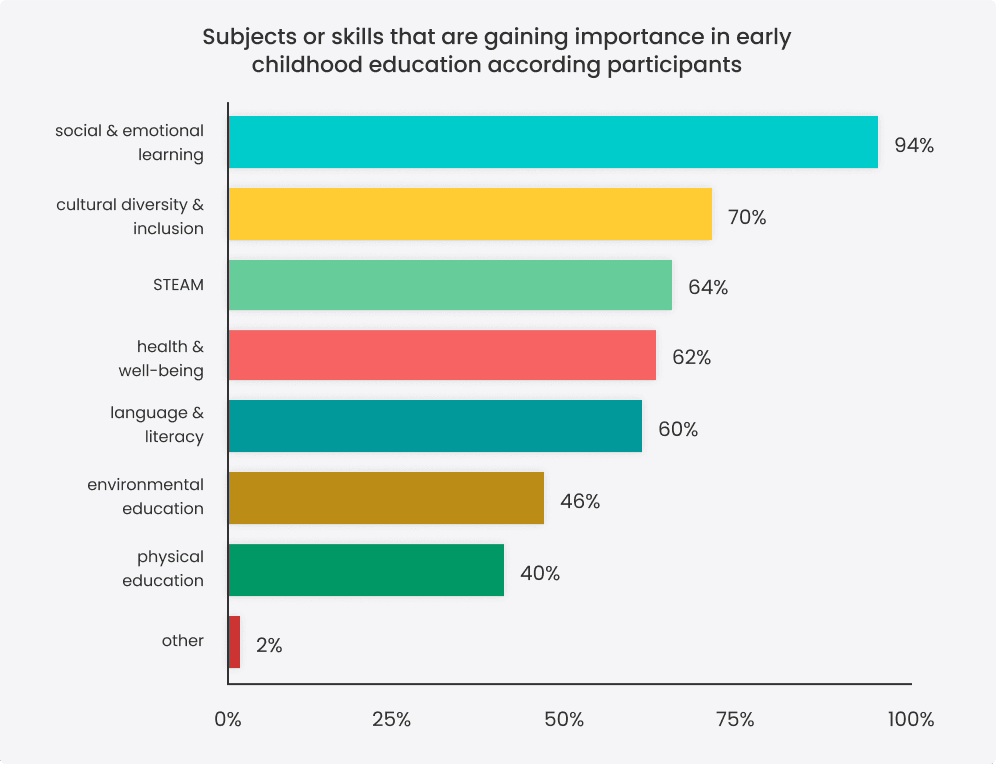
A significant majority (86%) of professionals believe it is "extremely important," or “very important” indicating a widespread acknowledgment of its profound impact on the quality of education. This collective commitment underscores the industry's dedication to providing the best care for children.
Professional Development Frequency and Methods:
How frequently does the centers' staff participate in professional training?
40%
13%
22%
15%
monthly
quarterly
semi-annually
annually
Online courses dominate as the preferred method (79%), offering accessibility and diverse resources for educators.
Increasing enrollment and revenue
This was identified as the top priority, with 31% of respondents considering it of paramount importance.
Family engagement and communication
Close behind, 28% of respondents ranked this as their primary concern, emphasizing the critical role of effective communication in creating a supportive educational environment.
Teacher retention and leveling up their skills
This was identified as a significant concern, with 21% of respondents considering it a top priority. This reflects an acknowledgment of both staffing challenges and the critical responsibility educators have in delivering quality learning experiences.
Enhanced programming to support child development
This aspect garnered attention as well, with 16% ranking it as a top priority. This indicates a strong commitment to providing high-quality educational experiences that foster holistic child development.
Modernizing the center to stay competitive in 2024
This was ranked relatively lower in terms of priority, with 3% ranking it as their number one priority, though notably 67% of respondents still consider it a top five priority for the 2024 year.
An optimistic outlook prevails, with 60% expressing combined "extreme" and "very optimistic" sentiments. Even those somewhat optimistic (28%) indicate hope for the future, highlighting the profound value and excitement associated with the role of early childhood professionals.
Identified challenges include the need for increased staff, improving professional standards, fostering positive relationships with children and parents, and a desire for continued growth within the profession. Addressing these challenges requires staying updated, embracing technology, fostering support networks, and prioritizing self-care.
Heading into 2024, educators express excitement about watching children learn and grow, incorporating new active learning approaches, engaging in professional development, improving parent partnerships, receiving recognition and advocacy for the field, integrating technology, witnessing community growth, and developing innovative curricula. These themes reflect educators' dedication to creating positive and impactful educational environments.
In this year's survey we interviewed educators to ask them what they are excited about, what challenges they expect, and what they need from their leader in 2024.
In these interviews, educators expressed excitement about implementing new technology and curriculum, but anticipate challenges related to staff shortages and the need for high-quality curriculum in their classrooms. They seek support from leadership teams in the form of time-saving resources such as educational apps, better pay and recognition, flexibility, encouragement, and support for pursuing higher education. Additionally, educators demand more inclusive resources, additional staff, and greater resources for children with disabilities.
Looking for more support with staff retention, budgeting, marketing and mental health as you embark on 2024 and beyond? It is all in Building the Future of Early Childhood Education: 2024 Industry Snapshot Report!
Download the full report to access even more data, strategies and insights.
Download full reportAt Lillio, we are proud to provide the building blocks to help you in your mission to provide children and families with high-quality childcare.
- The Lillio Team
Get to know Lillio
Get in touch with a Lillio specialist
Learn more about how we can improve your center administration, boost
your growth and help with staff retention.
